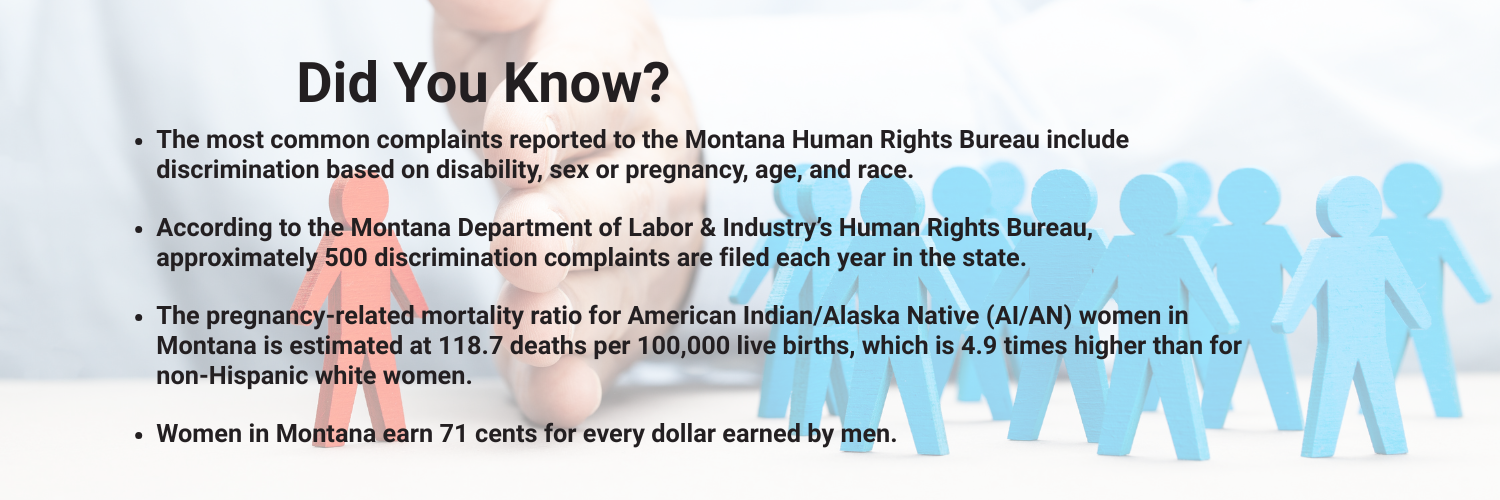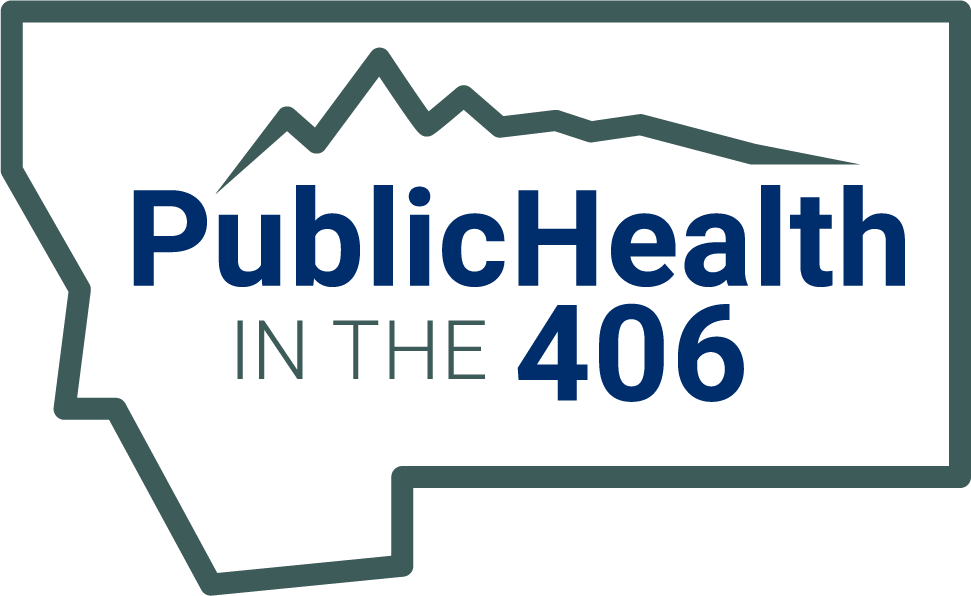Structural and Individual Discrimination

Structural racism refers to the totality of ways in which societies foster racial discrimination through mutually reinforcing systems of housing, education, employment, earnings, benefits, credit, media, health care and criminal justice. These patterns and practices in turn reinforce discriminatory beliefs, values and distribution of resources.
Reference: Bailey ZD, Krieger N, Agenor M, Graves J, Linos N, Bassett MT. Structural racism and health inequities in the USA: evidence and interventions. Lancet. 2017; 389 (10077):1453-1463. (Cited in AMA’s “Prioritizing Equity: The Root Cause” video)
Discrimination SDOH Areas of Focus
Redlining is the historically racist practice of deeming someone to be a "bad financial investment" due to race. This practice created segregated neighborhoods and institutionalized financial racism. As a result, people of color still face adverse housing issues. What is Redlining?
Black Americans face challenges in the medical community, including implicit bias from healthcare providers. Maternal mortality rates are significantly higher for non-Hispanic Black women compared to other categories (Maternal Mortality Rates in the United States, 2021).
Discrimination in access to education occurs at a structural and individual level. Structural level discrimination occurs in policies and through school district mapping. Individual discrimination happens through bullying and other harassment. Some students begin at a disadvantage, therefore programs like Equal Opportunity and Affirmative Action try to reverse those impacts.
Gender or sexuality based discrimination can have severe social and emotional consequences. LGBTQ+ community members are at an increased risk of depression, anxiety, and self-harm, which can have dangerous consequences. Learn more about Discrimination.
All forms of discrimination can impact someone's economic stability. Whether being denied for a job based on skin tone or sexual identity, or unable to find affordable, appropriate housing for physical needs, these factors impact how economically successful someone can be. In addition, the history of redlining has led to chronic health inequalities. Learn more about Discrimination.



